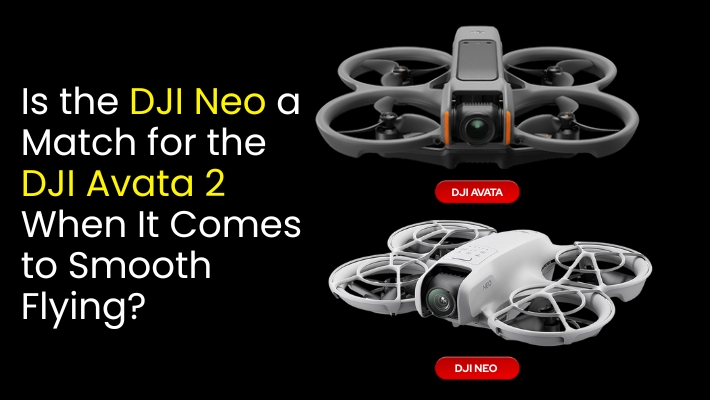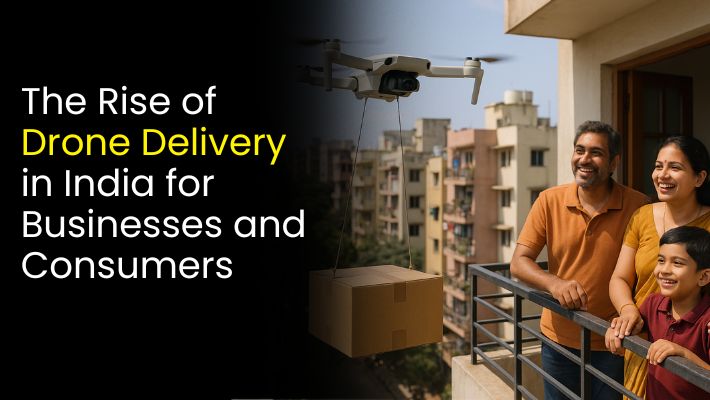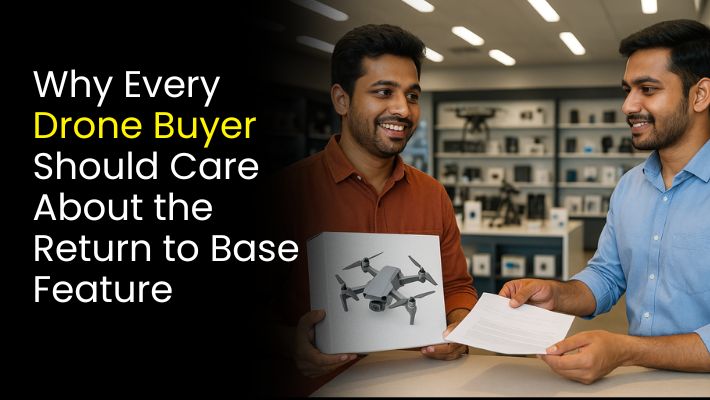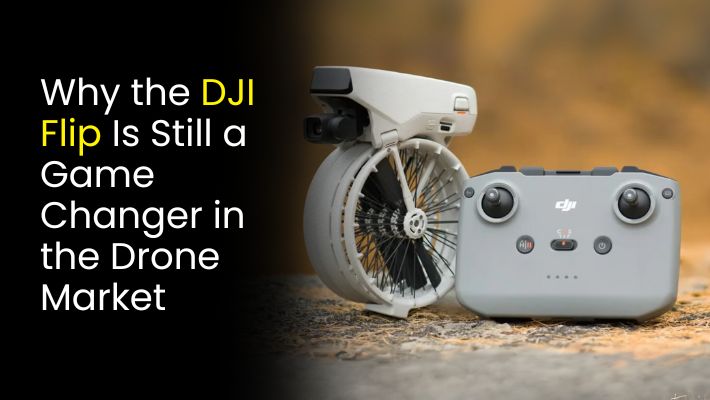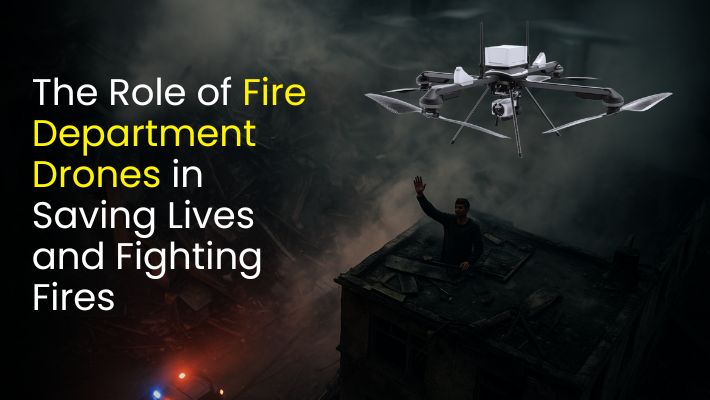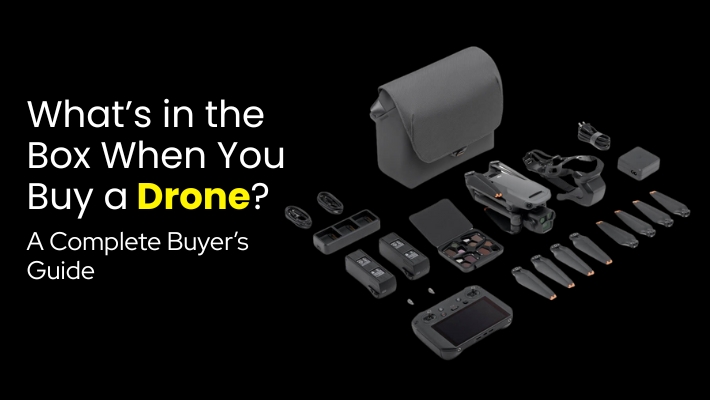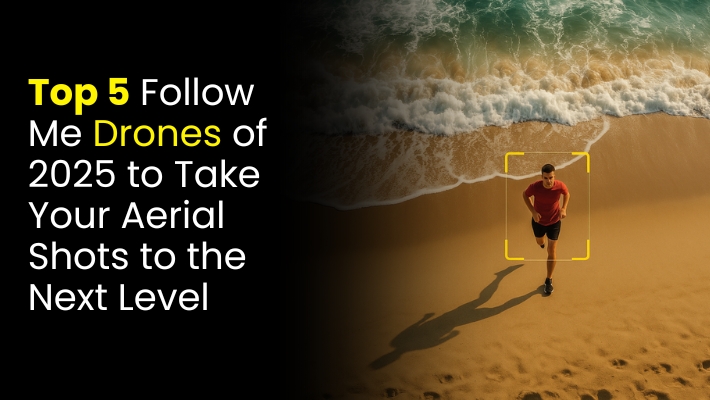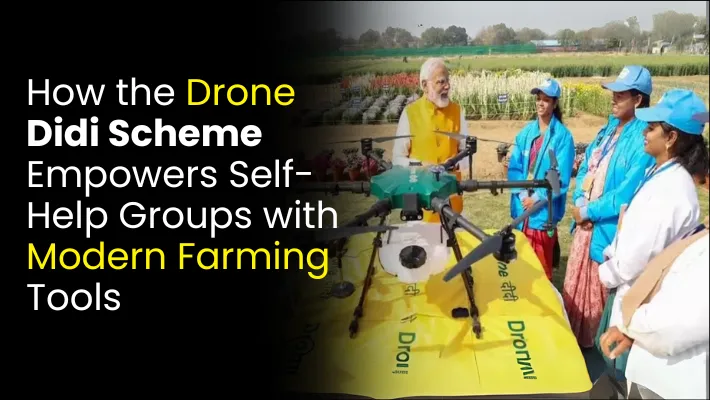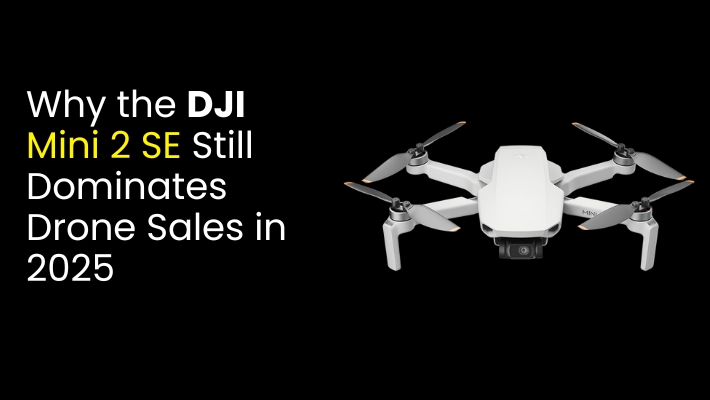Is the DJI Neo a Match for the DJI Avata 2 When It Comes to Smooth Flying?
When choosing a drone, one of the first things buyers look for is smooth and stable flying. Whether you are filming travel vlogs, creating cinematic footage, or simply learning the ropes, stability can make or break your experience. That’s where two of DJI’s latest models often get compared: the DJI Neo and the DJI Avata …
Is the DJI Neo a Match for the DJI Avata 2 When It Comes to Smooth Flying? Read More »

